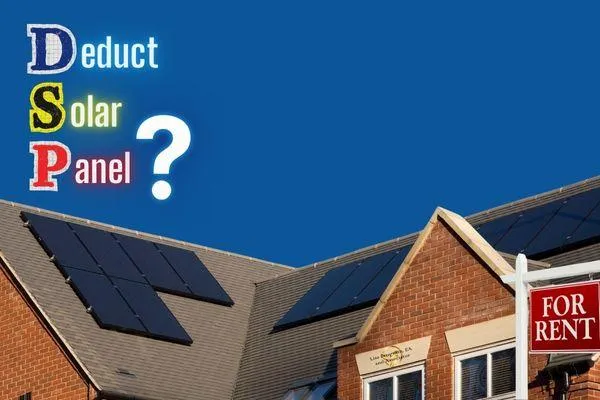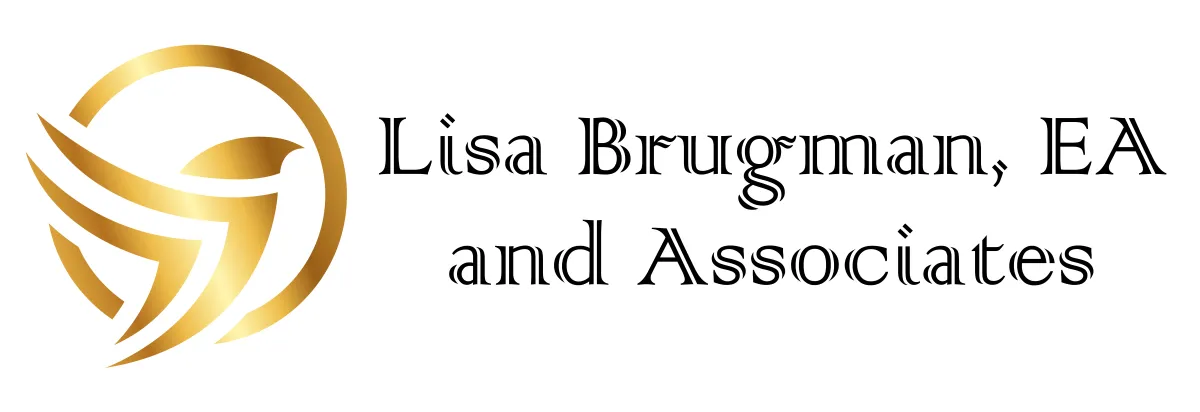BLOG

Deduct Solar Panels on my Rental?
How do I write off solar panels for rental properties?
Thank you for inquiring about the deductibility of solar panel installations for your rental property. As you may already know, the recent passage of the Inflation Reduction Act of 2022 has changed the availability of the solar energy credit for residential properties, reinstating the credit percentage to 30% for 2023. However, for properties utilized in a trade, business, or rental capacity, the solar energy credit cannot be claimed under the residential real property rules since the property is not used as a personal residence. Instead, rental properties and businesses, like in your case, must leverage the business energy credit as per IRC §48. The Inflation Reduction Act of 2022 has similarly elevated the energy credit under IRC §48, albeit in a more restricted manner.
Previously, the credit had been reduced to 26% for tax returns filed in 2020 or 2021 and further diminished to 22% for tax returns filed for 2022, with an anticipated continuation at 22% until December 31, 2025. These reductions have now been rescinded for taxpayers who placed qualified energy property in service from 2022 through December 31, 2025. Additionally, the Act has broadened the scope of qualified energy property to encompass energy storage technologies (e.g., batteries), biogas, microgrid controllers, and interconnection property.
To be eligible for the credit, the property must be situated in the United States and:
The taxpayer must complete the construction, reconstruction, or erection of the property, or if acquired, the original use must commence with the taxpayer.
The property must be subject to depreciation or amortization, thus limiting eligibility to properties used in a trade or business or for income production.
The property must comply with quality and performance standards effective at the time of acquisition. Typically, you can rely on the manufacturer's certifications to verify the property's qualifications.
For property placed in service after December 31, 2021, the credit is bifurcated. The credit amount is reduced from 30% to 6% for most properties, including solar energy property, hybrid solar lighting, geothermal property, qualified fuel cells, small wind energy property, waste energy property and recovery property, energy storage technology, biogas, microgrid controllers, and combined heat and power system property. Essentially, the base credit is curtailed to 6%, but taxpayers can qualify for a "bonus" credit rate back to 30% (or 10% for certain energy properties) if specific criteria are met. These are the "wage and apprenticeship" requirements detailed in the instructions for Form 3468, Investment Credit.
However, the full 30% credit can still be claimed if these requirements are unmet, provided the facility's output is less than 1 megawatt or construction commenced before the date 60 days after the Secretary issues guidelines related to the wage and apprenticeship requirement. Consequently, most small businesses and rental properties will qualify under this small system exception without adhering to the wage and apprenticeship stipulations.
To claim the credit, you must file Form 3468 with your tax return, completing Part I (checking box 7a if you qualify for the under 1 megawatt credit) and Part VI-B. Prompt action is advisable, as the credit is currently available only for property where construction began before January 1, 2025.
If you are still unsure about your situation and want help, you can click this link to set an appointment to speak with an expert at Lisa Brugman, EA & Associates.
https://storage.googleapis.com/msgsndr/Y3wru9o2agtnTx66z5uZ/media/650d578315fdd01eb024474b.png
https://storage.googleapis.com/msgsndr/Y3wru9o2agtnTx66z5uZ/media/650d578215fdd056b424474a.jpeg






